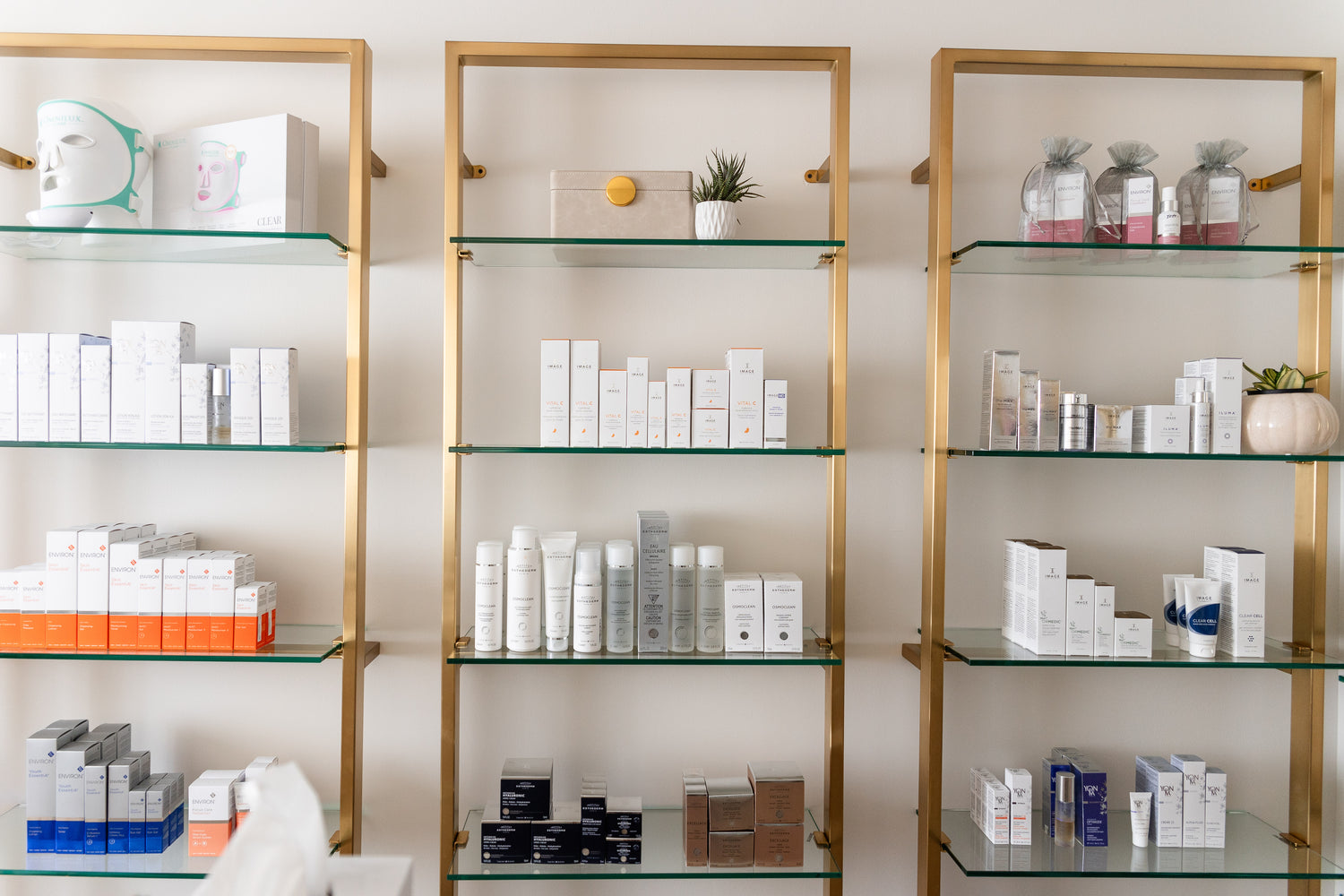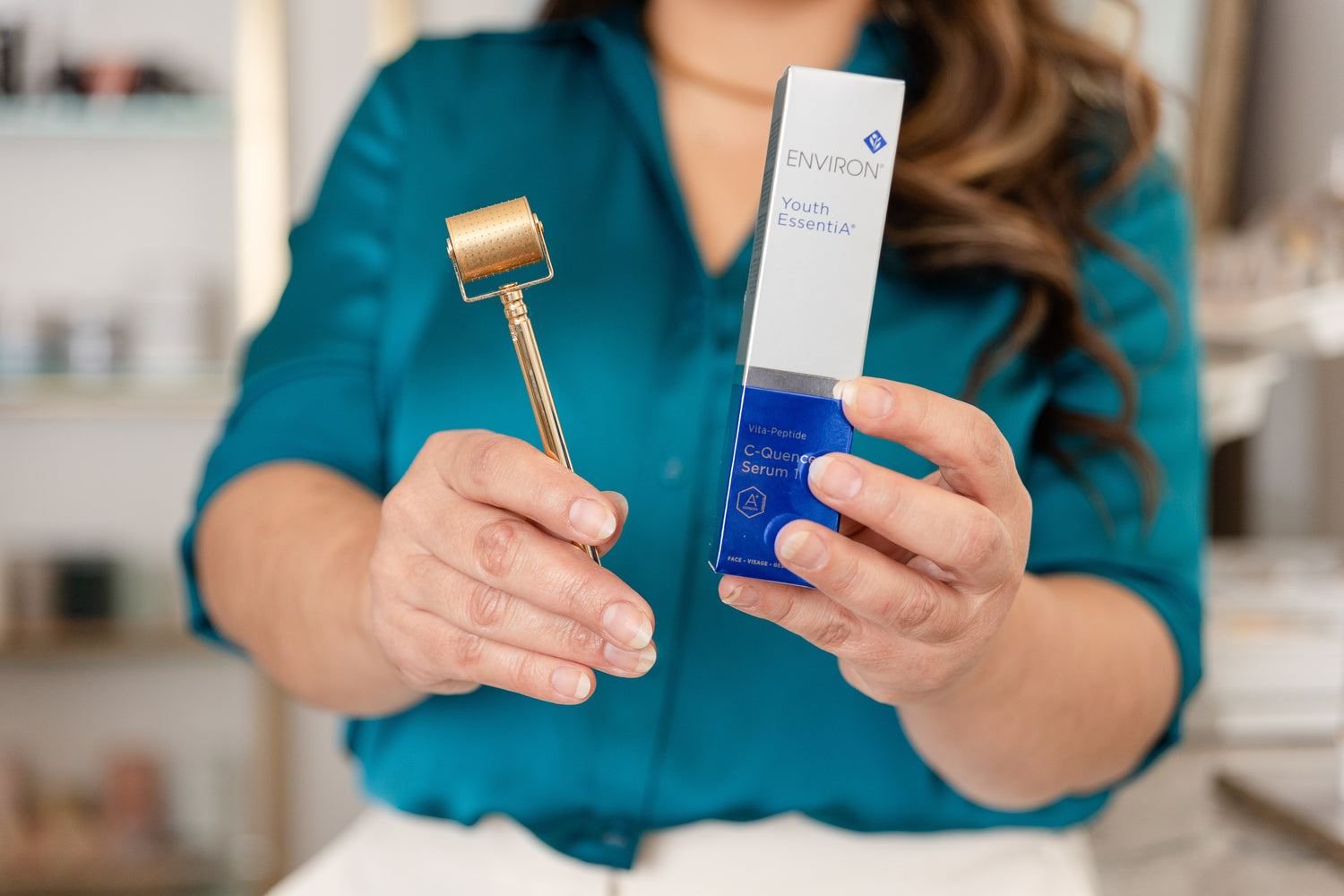Most of us know what a pedicure is – something we do when the weather gets warm and we have to wear sandals and expose our toes. Picking out the perfect polish can take some time, but having perfectly polished toes makes us happy.
So, what then, is a Paramedical Pedicure?
Paramedical is defined as relating to services and professions that supplement and support medical work, but do not cross into specific medical care. The nail industry is buzzing about something called a “medi pedi” (aka medical pedicure). While the term rhymes and is catchy, it is also misleading. A nail technician’s scope of practice does not allow the performance of medical services – in ANY state.
However, nail technicians who have been properly trained in advanced foot and nail care can provide safe and effective services that far exceed the results of a basic pedicure. These advanced techniques do not fall under medical care, but are rather, specialized, cosmetic and non-invasive foot care that aims to provide instant and long-term comfort. In other words, a Paramedical Pedicure is hyper-focused on addressing non-medical foot and nail concerns in an effort to provide essential foot care for healthy feet.
According to a 2018 study by the Journal of Foot and Ankle Research, foot pain affects women more than men, ranking among the top 20 reasons for medical visits. Our feet are the foundation of our bodies. 25% - a quarter - of our bones are in our feet and ankles (along with 107 ligaments and over 100 muscles and tendons). Think about the number of steps our feet take each day. Think about the weight they carry. Every step is the beginning of a chain of events that occurs each time our feet touch the ground. If our footing is off, every part of our body responds and adjusts. For this reason, pain in other parts of our body (knee, hip, lower back) can routinely be traced back to foot pain.
What are the Top Three Reasons Clients Seek a Paramedical Pedicure?
- Thick Nails
Nails can become thick for a variety of reasons – poor/reduced circulation, injuries, diabetes, fungal infection, repetitive trauma, etc. When a nail thickens, it can become brittle, discolored, unsightly and cause pain or discomfort. The Paramedical Pedicure uses an e-file and an appropriate bit to safely reduce the thickness (over a series of pedicures). Not only does this result in a smoother, more natural nail appearance, it effects less pressure on the nail bed (which, in turn, reduces discomfort and pain).
- Corn and Callus Reduction
Corns and calluses are thick, hardened skin that develops over time as a way for the skin to protect itself against repeated friction and pressure. This is a very common condition and the degree of severity varies among clients. Nail technicians do not perform corn and callus removal. Callus/corn shavers that use blades are expressly prohibited (for use by a nail technician) in the State of Virginia. Remember, corns and calluses are the body’s way of protecting itself. The goal is not to remove them, but to reduce them in order to reduce pain and discomfort and to prevent them from getting worse (turning into deep cracks and fissures).
- Ingrown or Involuted Nail Mitigation
An ingrown nail occurs when the corner or side of a toenail grows towards the sidewall. An involuted nail occurs when a toenail grows and curls under itself. Both conditions, which usually occur in the big toe, can cause pain, inflammation, swelling and, sometimes, even an infection.
Once either of these conditions has punctured the surrounding soft tissue, if there is blood, pus or other evidence of an infection, nail technicians are not allowed to work on the affected toe. However, technicians who perform Paramedical Pedicures receive specialized training to mitigate these conditions before they require medical intervention. Mitigation usually means precise trimming of the nail to ensure that the nail (after trimming) sits parallel to the sidewall or lays flat on the nail bed and that no sharp angles or shards remain.
Who Should Receive a Paramedical Pedicure?
Anyone who suffers from foot pain caused by thick nails, corns, calluses, ingrown or involuted nails, diabetics, oncology or otherwise immunocompromised clients who may benefit from proper foot and nailcare.
What Happens During a Paramedical Pedicure?
Each service should begin with a thorough consultation and evaluation. The technician should be informed of conditions such as neuropathy, diabetes, location of existing discomfort, etc. They will visually evaluate the feet for corns, calluses, excessive dry skin, problematic nail growth and moles among other things. Nail technicians are sometimes the first to spot issues that appear on the feet. The technician should ask probing questions to better understand these conditions and they should recommend proper home care.
Trimming, filing, cuticle detailing, buffing and foot exfoliation (all things that are usually included in a regular pedicure) are performed with painstaking care and precision. Using tools such as an electric file, corn probes, excavators, flat edge nippers and ingrown rasps is where the Paramedical Pedicure begins to diverge from the average pedicure. These highly specialized tools allow the technician to safely and effectively perform thick nail debridement, corn/callus reduction and ingrown/involuted nail mitigation.
Each Paramedical Pedicure should end with a foot and lower leg massage, along with a hydrating treatment. Polish is always optional, but definitely recommended!
How Often Should Clients Receive a Paramedical Pedicure?
Pedicures serve a higher purpose. Great foot care leads to good foot health. Pedicures, in the opinion of this author, are essential and should be received monthly. Whether each month’s pedicure needs to be a Paramedical Pedicure is based on the condition of the client’s feet. Some clients may require a Paramedical Pedicure each month, while others may be able to alternate between a less technical pedicure and Paramedical Pedicure.
At-home care plays a critical role in how often clients will need a Paramedical Pedicure. Regular foot exfoliation, using a hydrating scrub or foot file, 2-3 times a week will help reduce the accumulation of dead skin. Using products that are especially formulated for feet (the skin on the feet is thicker and tougher so your normal body lotion is not ideal) will help keep the skin properly hydrated.
Where are Paramedical Pedicures Performed and Who is Qualified to Perform Them?
Paramedical Pedicures are typically offered in a salon/spa environment. Some physicians have seen the benefit of offering this service in their facility and will employ a nail technician on staff.
In the State of Virginia, nail technicians are licensed, and their scope of practice is governed, by the Board of Cosmetology. However, the Board does not have continuing education requirements and does not govern (or require) industry specialized training and certification. Which means that all nail technicians are NOT created equal.
Before booking a Paramedical Pedicure, ask the nail technician what specialized training they have received and what accrediting authority provided the training. Ask about their certifications and credentials. When in doubt, ask for client testimonials or case studies.
Whether it is a Paramedical or more conventional pedicure, ALWAYS seek an establishment that is hyper-focused on cleanliness and sanitation practices. Tools and implements should be sterilized in an autoclave (while this is not required by the State Board, it is an indication that the establishment takes this matter seriously). Work areas should be disinfected between each and every client, using hospital-grade EPA-registered disinfectants (not household cleaners). Tools that cannot be sterilized should be discarded after a single use.






